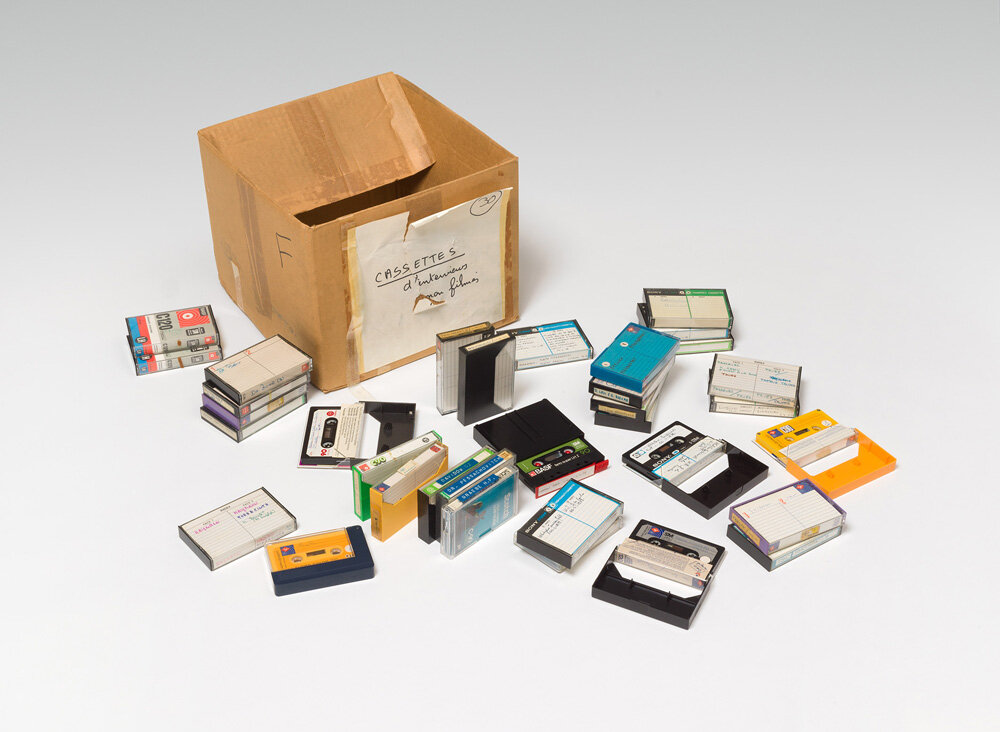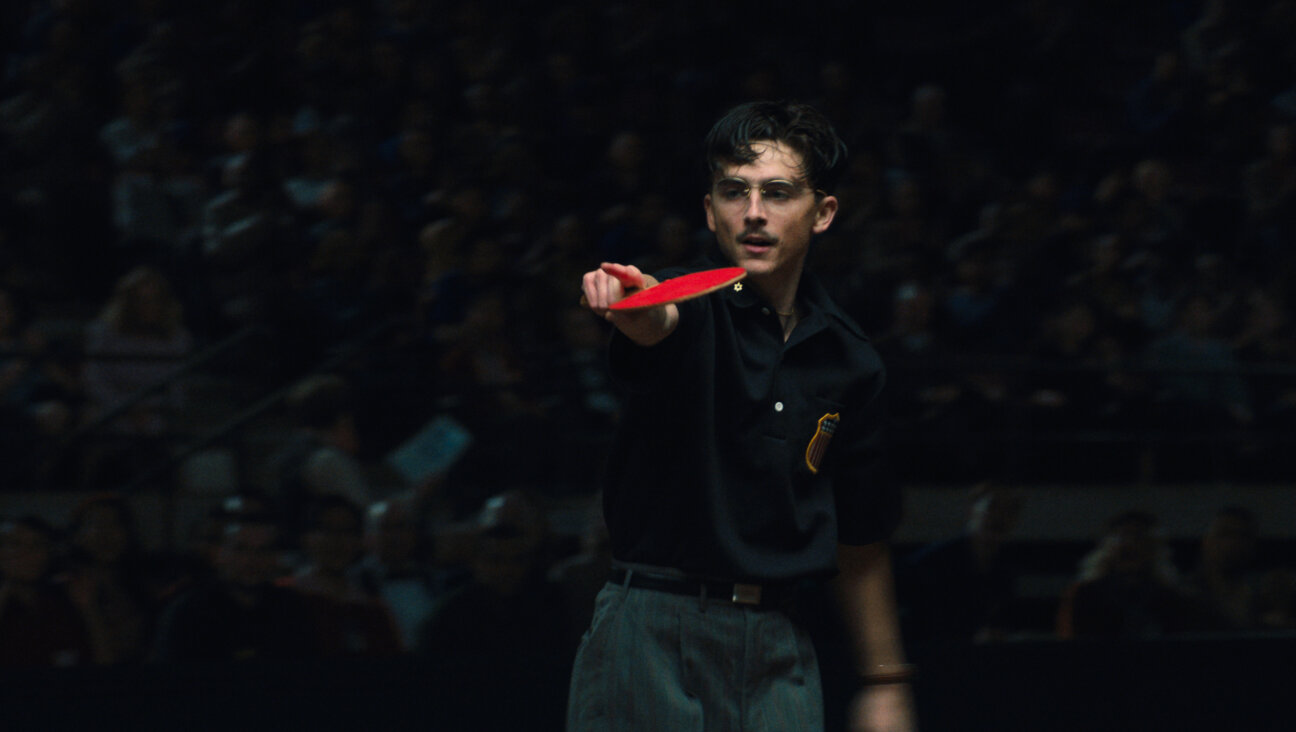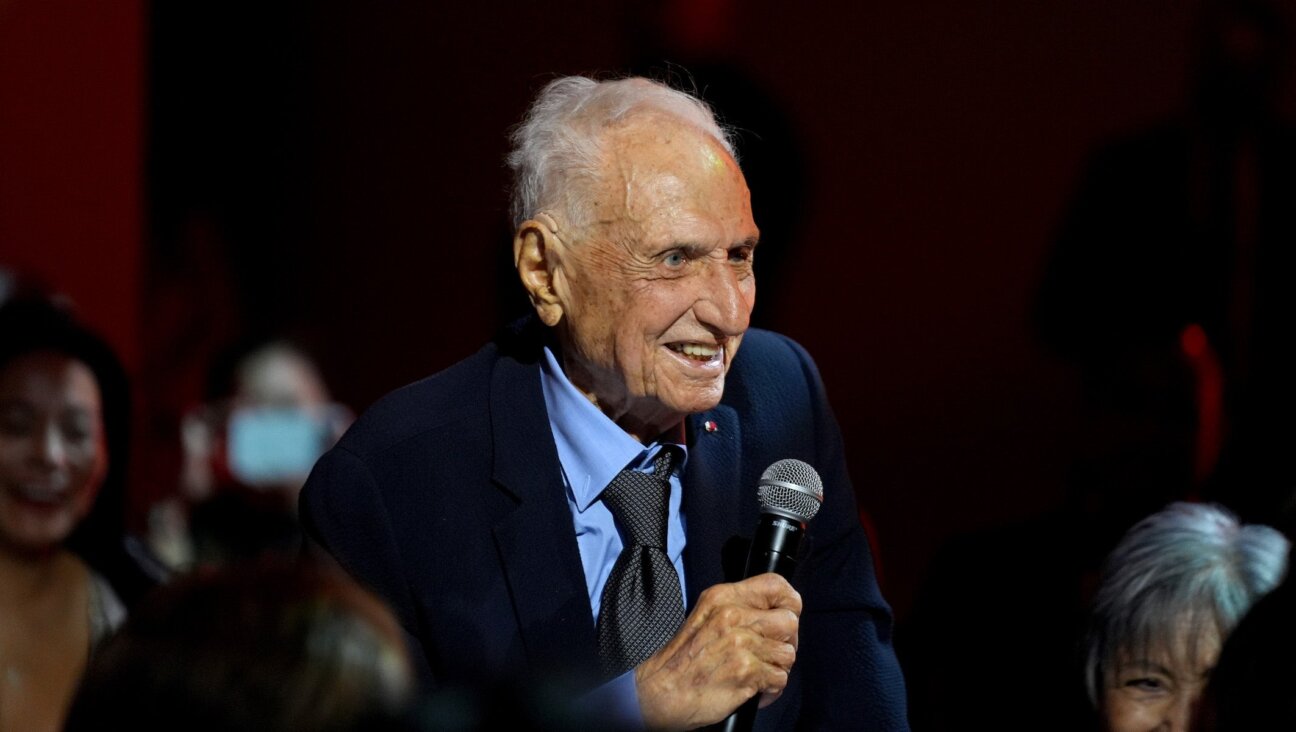All the World Is a Stage
Making Americans: Jews and the Broadway Musical
By Andrea Most
Harvard University Press,
253 pages, $29.95.
* * *|
Why has a disproportionate percentage of Jews in the United States gravitated toward the entertainment industry? Were enterprising and talented Jews able to make popular culture an empire of their own because the non-Jews deemed theater, movies, and vaudeville disreputable? In her new book, “Making Americans: Jews and the Broadway Musical,” Andrea Most sees “traces of antisemitism” in these questions because they imply, often unintentionally, that Jews have displaced others and exercised undue influence over American popular culture. Fortunately, though she is offended by the questions, she is not too offended to answer them.
In Broadway musicals between the 1920s and the 1950s, Most claims, Jewish performers and playwrights rejected the notion of an immutable ethnic identity, imagined a tolerant America and inserted themselves in its mainstream. Onstage and in real life, they implied, Jews could fit in by acting out. “The Jazz Singer” (1925) was the last musical certain that identity was fixed at
birth. In the play, Jackie Rabinowitz learns to fuse his two God-given gifts: He is linked biologically to generations of cantors, but also has “Broadway in my blood.” By then, however, many Jews believed that identity was based more on consent than on descent. Where there was a will to assimilate, there was a way. As if to prove it, Jews onstage stepped in and out of a variety of roles. In “Whoopee” (1929), Eddie Cantor haggles in Yiddish, sings “Old Black Eagle and Old Man Siegal,” and morphs into a cook, a blackface minstrel, and an Indian. In “Girl Crazy” (1930), Willie Howard plays Gieber Goldfarb, a taxi driver who journeys to Custerville, Ariz., and poses as a woman, a sheriff, an Indian and Maurice Chevalier. Dressing up like American Indians, according to Most, allowed Jews to do more than celebrate the opportunity in the United States to create oneself anew: Since Indians were thought to be the Ten Lost Tribes, Jews could declare themselves the First Americans.
In the 1930s and 1940s, Jewish characters disappeared from Broadway musicals. But between the lines, Richard Rodgers, Oscar Hammerstein II, Irving Berlin, and Dorothy and Herbert Fields pursued the same agenda, assimilation by self-invention. Ali Hakim, the Persian peddler in “Oklahoma!” (1943), Most suggests, was a thinly veiled stand-in for a Jewish immigrant. Played by Joseph Buloff, a veteran of the Yiddish theater, Hakim was a comic and a flirt, a salesman who appeals to his customers’ dreams. While Jud Fry is the play’s “projection onto a ‘black’ character of nonwhite and un-American traits Jews feared being persecuted for,” Hakim wins the sympathy of the chorus and presumably the audience, as well. In “Annie Get Your Gun” (1946), Miss Oakley’s transformation from rough-hewn cowgirl to star sharpshooter “offers a nostalgic rendering of the path many an immigrant traveled.” She learns to dress like a lady, to read and write English, and to perform only when she stops “Doin’ What Comes Natur’lly.” Annie’s tutor, Wild West Show producer Sitting Bull, is a “Jewish-style master of theatricality” whose rendering of “How” as “How’s business?” fits another Jewish stereotype.
The champions of racial tolerance in “South Pacific” (1949), Most maintains, also have Jewish characteristics. Luther Billis, the New Yorker, is the paradigmatic Jewish comic. Emil de Becque, who understands bigotry better than does Nellie Forbush, the “cockeyed optimist” from Little Rock, Ark., left France because he killed a fascist demagogue. Optimistic, tolerant and meritocratic, the “Jews” in “South Pacific” are champions of American ideals. They deserve to be Americans.
These musicals, Most concludes, offered Jews a road map to assimilation “through a cultural landscape that was occasionally hostile.” Of course, she — and we — can only guess at how Jews in the audience read that map. Did they learn the fluidity of ethnicity from the masters of disguise? Or did they decide that Chico Marx might pass for an Italian in a matinee, but never on Mulberry Street? Did theatergoers “get” the Jewish allusions in the shows of the 1930s and 1940s? If they acknowledged the power of self-invention, did they choose to reject their ethnic identity? After all, even Richard Rodgers, the paradigmatic assimilationist, chaired a United Jewish Appeal fund raiser.
In the 1960s, the civil rights movement and “the rise of the unmeltable ethnics” marked a swing of the pendulum away from the ideology of assimilation. With “Funny Girl” (1964) and “Fiddler on the Roof” (1964), Jews joined a celebration of ethnicity that has lasted for decades. At the same time, intermarriage rates skyrocketed. Like members of other ethnic groups, Jews have embraced contradictory ideas. They want a society where everyone gets to choose an identity and be born into one. It’s a noble dream, an American dream, and one well suited, perhaps, for a new generation of playwrights and performers on Broadway.














